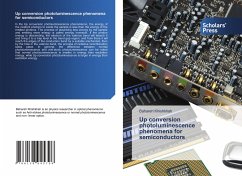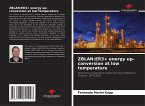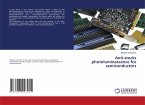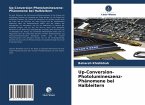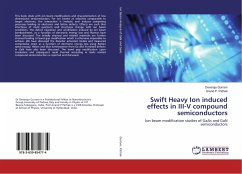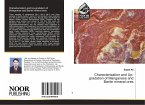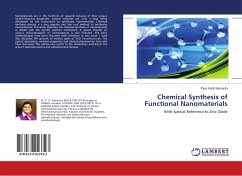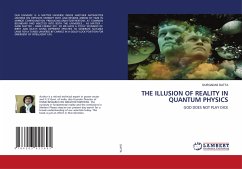In the Up conversion photoluminescence phenomenon, the energy of the incident photons to excite the sample is less than the energy of the emitted photons. The process of absorbing less energy by the sample and emitting more energy is called energy inversion. If the photon energy is descending, the electron of the valence band will absorb it and bring it to a trap level in the band gap region, and from there it will reach the edges of the conduction band by a suitable mechanism, then by the hole in the valence band, the process of radiative recombination takes place. In general, the difference between normal photoluminescence and anti-stock photoluminescence can be noted that normal photoluminescence is smaller in energy than excitation energy, while Up conversion photoluminescence is larger in energy than excitation energy.
Bitte wählen Sie Ihr Anliegen aus.
Rechnungen
Retourenschein anfordern
Bestellstatus
Storno

